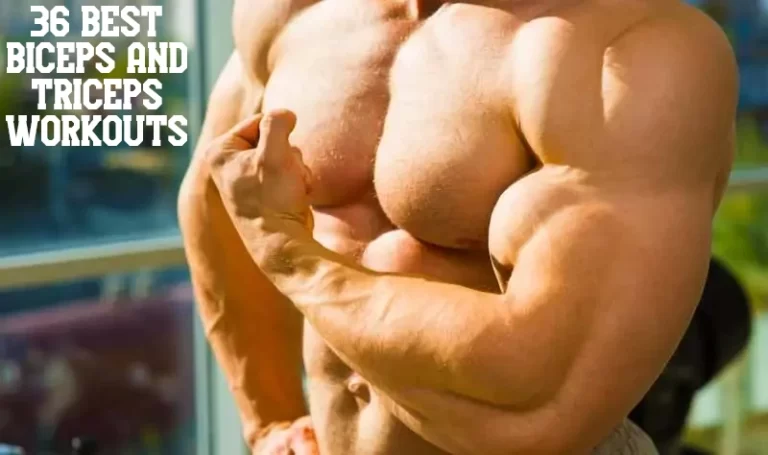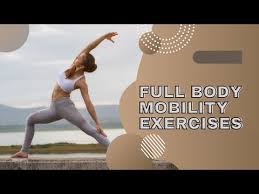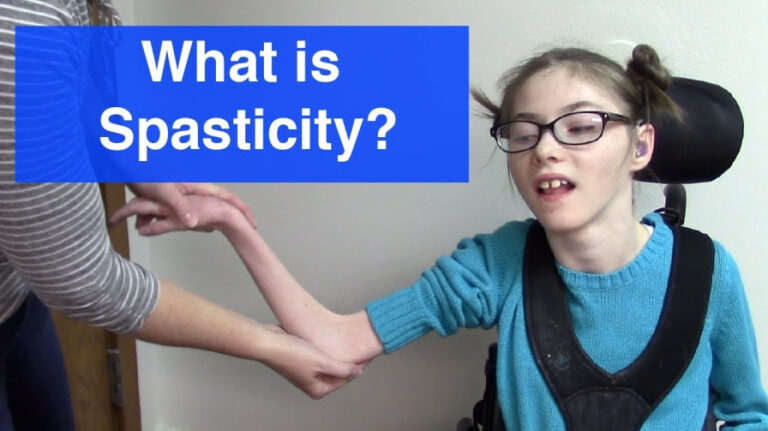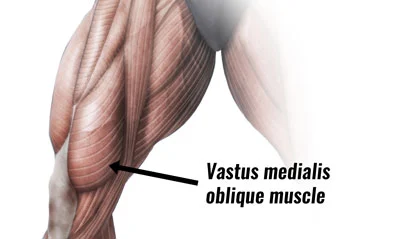The Graston Technique Of Soft Tissue Mobilization:
Table of Contents
How The Technique was developed ?
- The technique was developed by David Graston.
- It was found because of one of the experience of David.
- He was suffered from a multiple ligament injury of his knee in an accident in the year 1987.
- so because of surgical reconstruction of ligament he was having limited range of motion.
- He was failed in using Traditional Physical Therapy or Orthopaedic Management .
- He also begun to use cross friction massage as described by Cyriax.
- The manual work caused fatigue in his hands.
- So he developed stainless steal tools to assist in the application of soft tissue mobilisation.
Introduction:
The Graston Technique of instrument-assisted soft tissue mobilizations is a technique designed to mobilize, reduce and reorganize fibrotic restrictions of the neuro-muscular-skeletal system.
The technique is delivered through the use of six handheld stainless steel instruments.
A specially designed lubricant must be applied to the skin prior to the application of the instrument.
What is the use of Lubricant ?
- The lubricant allows the instrument to glide over the skin without causing irritation of the skin.
- It also allow the instrument to glide without accumulation of the lubricant on the surface of instrument.
- As seen while using the ultrasound therapy , the ultrasonic gel will accumulate around the head of the ultrasound matching.
What does patient experience while taking treatment from this technique?
While applying Graston tools during treatment the vibratory sensations are felt over the examiner’s fingertips.
The patient simultaneously experiences similar vibratory sensations over the area being treated.
What kind of physiological changes occur after using Graston Technique?
According to research, it is found that controlled microtrauma induced through the technique will surely increase the number of fibroblasts in the treated area.
So inflammatory changes into the scar tissues help to initiate the healing of damaged tissue.
So after taking treatment, the structures of damaged tissue are rearranged and it is also replaced by new tissue.
What are the benefits of using this Graston technique ?
- It provides as a tool for improved diagnostic as well as for treatment.
- It also help to detect fibrotic changes which are major or minor.
- It reduces manual application of stress , so it provides hand and joint conservation of energy.
- It decreases overall time period of the treatment.
- It improves duration of rehabilitation and recovery.
- Sometimes it also helps to resolve your chronic conditions , though it is permanently diagnosed.
In which conditions you can use Graston Technique?
Here is the list of some soft tissue conditions in which you can use this technique:
- Inflammatory condition of medial epicondyle or medial epicondlitis.
- Inflammatory condition of lateral epicondyle or lateral epicondlitis.
- Carple tunnel syndrome
- Pain over neck region
- Plantar fasciitis
- Tendinitis of rotator cuff muscles
- Patellar tendinitis
- Achilles tendinitis
- De quervanes syndrome
- Surgical scars or traumatic scar mobilisation
- Myofascial pain syndrome
- In present joint swelling
- Chronic or acute sprains or strains
- Ligament sprains
- Muscular strains
- Bursitis
- Reflex sympathetic dystrophies
- Back ache
- Trigger fingers
- Hip joint pain
- Ilio tibial bend syndrome
- Ankle sprain both acute or chronic.
In which conditions you can use this technique but with some precautions ?
- Patient is on anti – coagulant medicine
- Varicose veins
- Burn scars
- Acute inflammatory conditions
- Kidney dysfunction
- Rheumatoid arthritis
- Pregnancy
- Bleeding disorder
- Complex regional pain syndrome
- Cancer
- Psychological state of patient.
In which conditions you can not use this technique?
- Open wound
- Unhealed fracture
- Thrombophlebitis
- Uncontrolled high or low blood pressure
- Hypersensitivity of skin
- Patient intolerance
- Hematoma present
- Osteomyelitis
- Myositis ossificans
- Haemophilia
- Infection
- Tumor
- Patient having presence of implants like pacemaker, inter defibrillator etc.
- Deep vein thrombosis
- Cervical carotid sinus.
What care should be taken before and after the use of instrument ?
- It is mandatory to Disinfect the instrument before and after application of it.
- With the help of disinfectant solution you need to clean it.
- If the tool contact with blood , mucous membranes or other body fluids then you need to disinfect it with high level of disinfectant .
- it is important to Avoid spread of infection.
- It is important to take all kind of possible precautions.
What are the goals of the Gastron Technique ?
- To Release tight and shortened soft tissue.
- To lengthen the restricted soft tissue.
- To restore musculo skeletal balance which was disturbed after soft tissue injury.
- To normalise the functional activities as before.
Introduction of Graston Technique instruments :
An overview of Instrument Types and Name :
The instruments are countered to facilitate treatment around the different body parts.
Types of instruments :
They are divided according to their surfaces into 2 types:
Concave instruments
Convex instruments
Concave instruments:
- Used to treat larger surface areas.
- More comfortable to use.
- As specially when patient is pain sensitive.
Convex instruments:
- Used to treat small surface area.
- Useful to give pin point pressure over smaller areas.
Name of the instrument :
- There are not specified names which are given but according to the shape we can identify the instrument.
- Treatment edge instrument
- Single bevelled edge instrument
- Double bevelled edge instrument
- Basic hand held instruments.
During treatment, the Strokes are given with the help of instruments.
What are the Parameters of the stroke ?
The parameters are totally decided according to the area or body part involved in the injury.
Name of the strokes :
- Sweep
- Fain
- Brush
- Strum
- J – strokes
- Swivel
- Scoop
- Framing
- This are the basic types of strokes. You can decide it by your experience or comfort.
The direction of the stroke :
- Perpendicular
- Parallel or
- Diagonal to tissue fibres.
- According to the area involved.
Application of forces :
- Forces are applied in multiple directions.
- In direction with venous drainage
- Against venous drainage
- Cross fibre in multiple directions.
- You can apply forces in the direction which is beneficial.
The amplitude of forces:
- Large
- Small
- Broad or narrow according to need of condition.
Rate :
- By Rapid or slow rate.
- both are beneficial.
Pressure :
- Mostly superficial pressure is given.
Contact point :
- On the instrument with body tissue.
Angel of the instrument while applying it :
- It should be of 45°.
- It is important to note that the treatment edge faces in direction the instrument is moving while giving treatment.
What are the basic components of Graston Technique?
Or
What will you do before and after the application of Graston Technique?
- First go with cardiovascular warm up :
- Because of this there will be increase in level of blood flow.
- And also it will increase the level of tissue plasticity.
- Apply Graston Technique of soft tissue mobilisation :
- It will help to break up soft tissue restrictions.
- After that go with basic Tissue stretches:
- It will help to lengthen your shortened structures.
- Apply low load long duration stretches.
- After that start up with exercises:
- High repetition low weight exercises and
- Low repetition high weight exercises
- It will help to strengthen weak muscles
- And lengthen short structures.
- Then finishing with all of this , at end go with Cryotherapy.
- Application of ice or Cryotherapy will reduce your post treatment inflammation.
- This are the basic components you need check prior and after treatment.
What will be the Duration of the treatment ?
- You need to perform active warm up for approximate 4 to 5 minutes.
- Graston instrument assisted soft tissue mobilisation technique should be applied for total 8 to 10 minutes.
- It is applied per lesion : for 30 to 60 seconds.
- It is applied per joint : for 3 to 5 minutes.
- You need to take total 4 to 8 sessions of treatment.
- The duration is basically decided by your doctor according to your present condition.
- And the sessions of treatment Required for complete recovery.
How will you apply the technique of Graston? Or
The application of Graston Instrument assisted soft tissue mobilisation technique:
With the help of a number of instruments, you can perform soft tissue mobilization techniques.
Here are a few examples of techniques described by the Graston with the help of different kinds of instruments :
Technique no 1 :
- This technique will be performed with the help of the instrument which is long and slightly curved over both ends.
- It is used to evaluate and treat generalised restrictions.
- It prepare the tissue for deeper treatment.
- It is good to treat larger muscle groups like middle and upper trepezius.
- Sweep or fan type of strokes can be applied for treatment.
Technique no 2 :
- You can perform this with the slightly knobed instrument.
- Knobs are used to give deeper penetration.
- Specific localised area can be treated with this instrument.
- Because of knobs present over both ends it will fits around the convex soft tissue and bony areas.
- Ex: you can use it around patellar conditions.
- Framing and brushing kind of Strokes can be applied with the help of this instrument.
Technique no 3 :
- It is given with the help of instrument having both sides flattened.
- It is used for localised restrictions.
- Used to treat smaller areas .
- This instrument will Allow more specific application of pressure over smaller areas.
- You can use it over patella bone.
Technique no 4 :
- The instrument is basically flatten from one side and curved from other side.
- It is versatile instrument for scanning while taking assessment of injury.
- According to it’s shape it is most commonly used to treat condition like planter fasciitis.
Technique no 5 :
- The instrument looks curved from both the sides.
- The lower curve is more specific then upper curve.
- It is most commonly used to release restrictions between the Ribs.
- Also used to evaluate and treat gastrocnemius muscle pathologies also.
Technique no 6 :
- The instrument used here has more curved and deep ends compared with instrument used in technique second.
- Sweep and swivel kind of Strokes can be applied with the help of this instrument.
- Used to treat condition like carpal Tunnel syndrome.
- Used to treat smaller areas like metacarpals
- Metatarsals
- Phalanges
- Thenar and hypothenar muscles conditions
- It is also used to release facial restrictions of wrist and hand joints.







2 Comments